Still Life Analysis II:The Island, 2016, installation view at TFAM, Taipei Biennial 2016 | 台北雙年展 2016 | 2016.09.10 – 2017.02.05
In Still Life Analysis II: The Island, I-Hsuen Chen continues his photographic survey of garbage and foreign objects started in his previous work Still Life Analysis, with a further focus on collections of vagrants’ household objects beneath Civic Boulevard. For the artist, the underside of Civic Boulevard resembles a subtropical island hot spot with its artificial stones and potted plants decor. On this island, in the respite grooming by authorities, “citizens” carry with them “objects” that temporarily occupy spaces that could be called home. Real estate advertisements in all imaginable shapes and forms huddle close by. Here, a piece of property is termed an “object.”
The Real Estate Poem is a collection of these written information and slogans in the advertisements. Sales details such as project names and locations are then eliminated. What is left of these commercial messages takes the form of poetry. The “found poems” laud the modularized ideal of beautiful living (marketing allure) and depict Taipei citizens’ collective yearning for home and lifestyle (consumer demand). A shift in the viewing perspective of the photographs occurs when pages of the poem are reversed, echoing the experience of the island “citizens” under the expressway. The images and texts describe the features of the two juxtaposed home-places. Between satire and mourning, the work is a paradoxical epitaph or an ironic allegory.
Through collecting and documenting various “objects,” an attempt is made to situate oneself on the thin line separating the private and the public, and to question the nature of property in constant, fluctuating relationships of occupation, re-occupation, and elimination.
延續前作〈靜物研究〉對於垃圾與環境異物的攝影踏查,〈靜物研究II:島民〉(Still Life Analysis II: the Island,2015–2016)進一步聚焦在市民大道陸橋下的遊民家居物件。假石植栽林立的市民大道下就像是座亞熱帶自然風光島,島上的「市民」們在面對公權力的間歇清掃下,帶著各式「物件」做暫時性的家居佔領,流離居所於橋下的三不管地帶,並與陸橋周邊各式的房地產廣告文宣共處。房產也被稱為「物件」。
收集這些房產「物件」的文案,抹除案名地點等銷售元素後選粹成詩。撿拾到的詩句(Found Poem)中描繪著美好家居的模組化倡議(廣告訴求),更是市民對家居的集體想望(消費者需求)。在展場中,詩頁翻轉並取代了攝影作品的觀看位置,呼應橋下島上這些「市民」的處遇,在調侃與哀悼之間,圖文對照兩種家居空間在描繪特徵上的相似,是矛盾的墓誌銘,亦為弔詭的寓言。
透過橋下各種「物件」的採集與拍攝,作者感興趣的是人在公私領域分界上的居處,以及自然與文明的交互佔領、消長、最終被抹除,抹除即佔領。
The Real Estate Poem is a collection of these written information and slogans in the advertisements. Sales details such as project names and locations are then eliminated. What is left of these commercial messages takes the form of poetry. The “found poems” laud the modularized ideal of beautiful living (marketing allure) and depict Taipei citizens’ collective yearning for home and lifestyle (consumer demand). A shift in the viewing perspective of the photographs occurs when pages of the poem are reversed, echoing the experience of the island “citizens” under the expressway. The images and texts describe the features of the two juxtaposed home-places. Between satire and mourning, the work is a paradoxical epitaph or an ironic allegory.
Through collecting and documenting various “objects,” an attempt is made to situate oneself on the thin line separating the private and the public, and to question the nature of property in constant, fluctuating relationships of occupation, re-occupation, and elimination.
延續前作〈靜物研究〉對於垃圾與環境異物的攝影踏查,〈靜物研究II:島民〉(Still Life Analysis II: the Island,2015–2016)進一步聚焦在市民大道陸橋下的遊民家居物件。假石植栽林立的市民大道下就像是座亞熱帶自然風光島,島上的「市民」們在面對公權力的間歇清掃下,帶著各式「物件」做暫時性的家居佔領,流離居所於橋下的三不管地帶,並與陸橋周邊各式的房地產廣告文宣共處。房產也被稱為「物件」。
收集這些房產「物件」的文案,抹除案名地點等銷售元素後選粹成詩。撿拾到的詩句(Found Poem)中描繪著美好家居的模組化倡議(廣告訴求),更是市民對家居的集體想望(消費者需求)。在展場中,詩頁翻轉並取代了攝影作品的觀看位置,呼應橋下島上這些「市民」的處遇,在調侃與哀悼之間,圖文對照兩種家居空間在描繪特徵上的相似,是矛盾的墓誌銘,亦為弔詭的寓言。
透過橋下各種「物件」的採集與拍攝,作者感興趣的是人在公私領域分界上的居處,以及自然與文明的交互佔領、消長、最終被抹除,抹除即佔領。
Photographs:
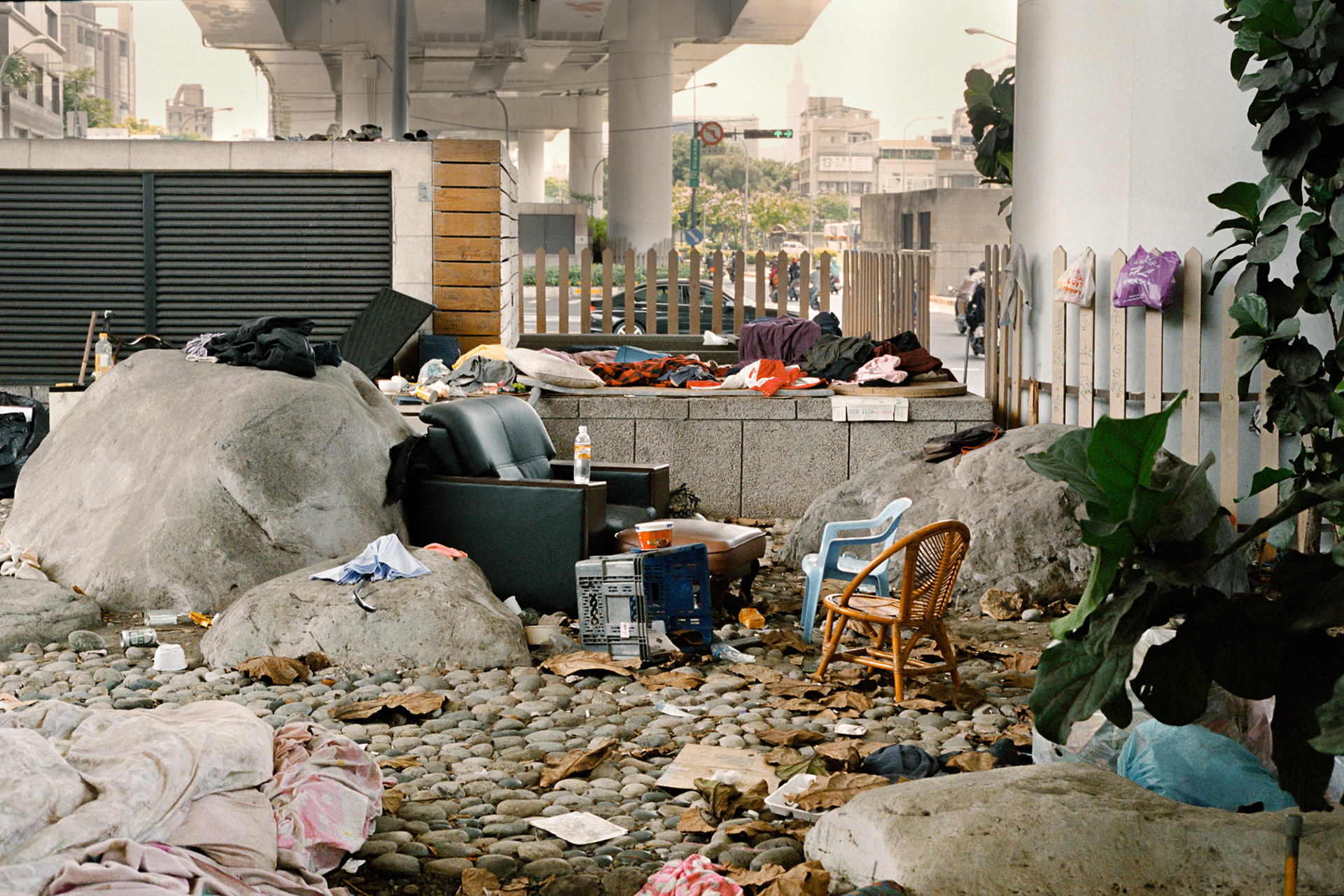

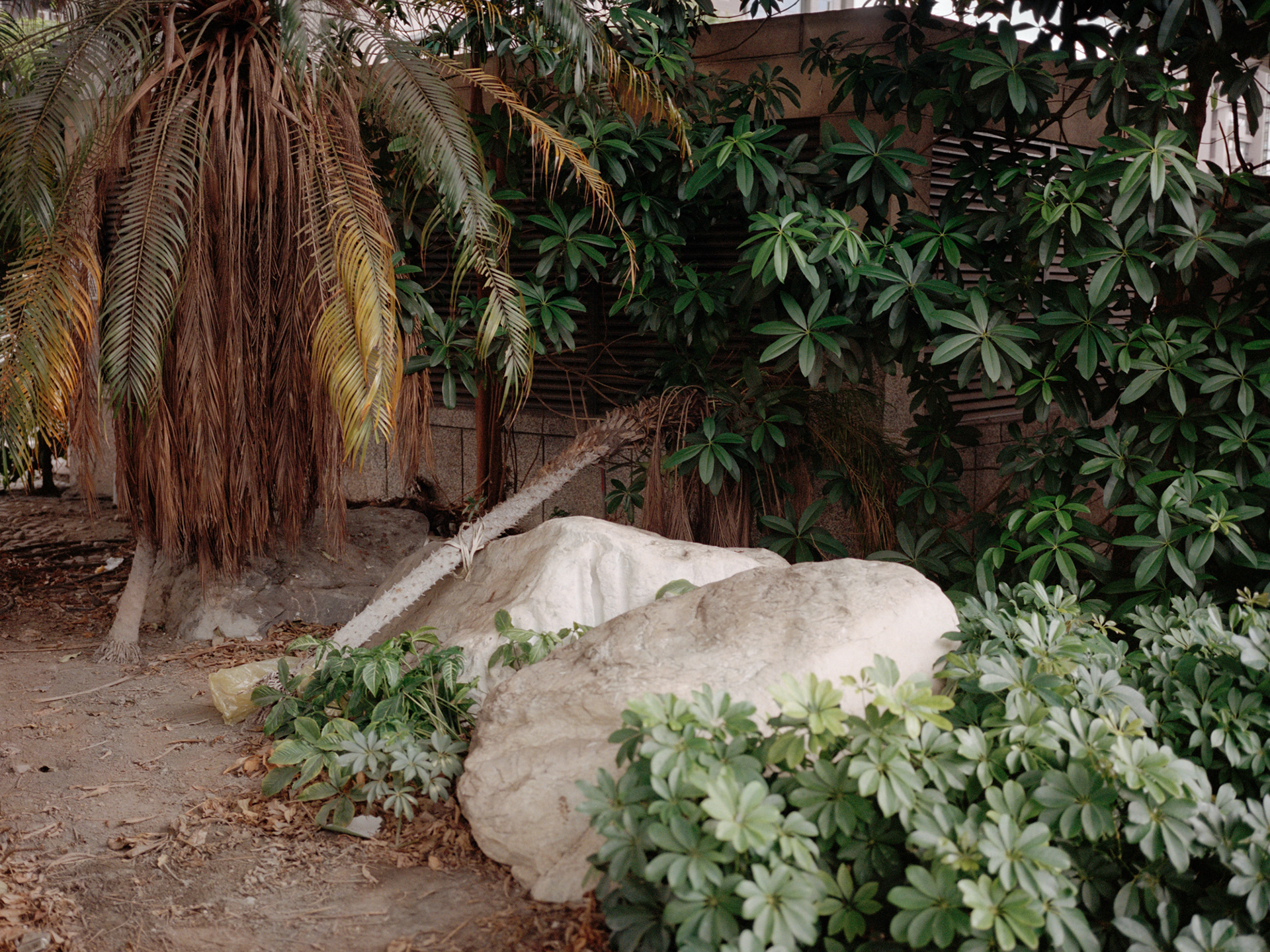
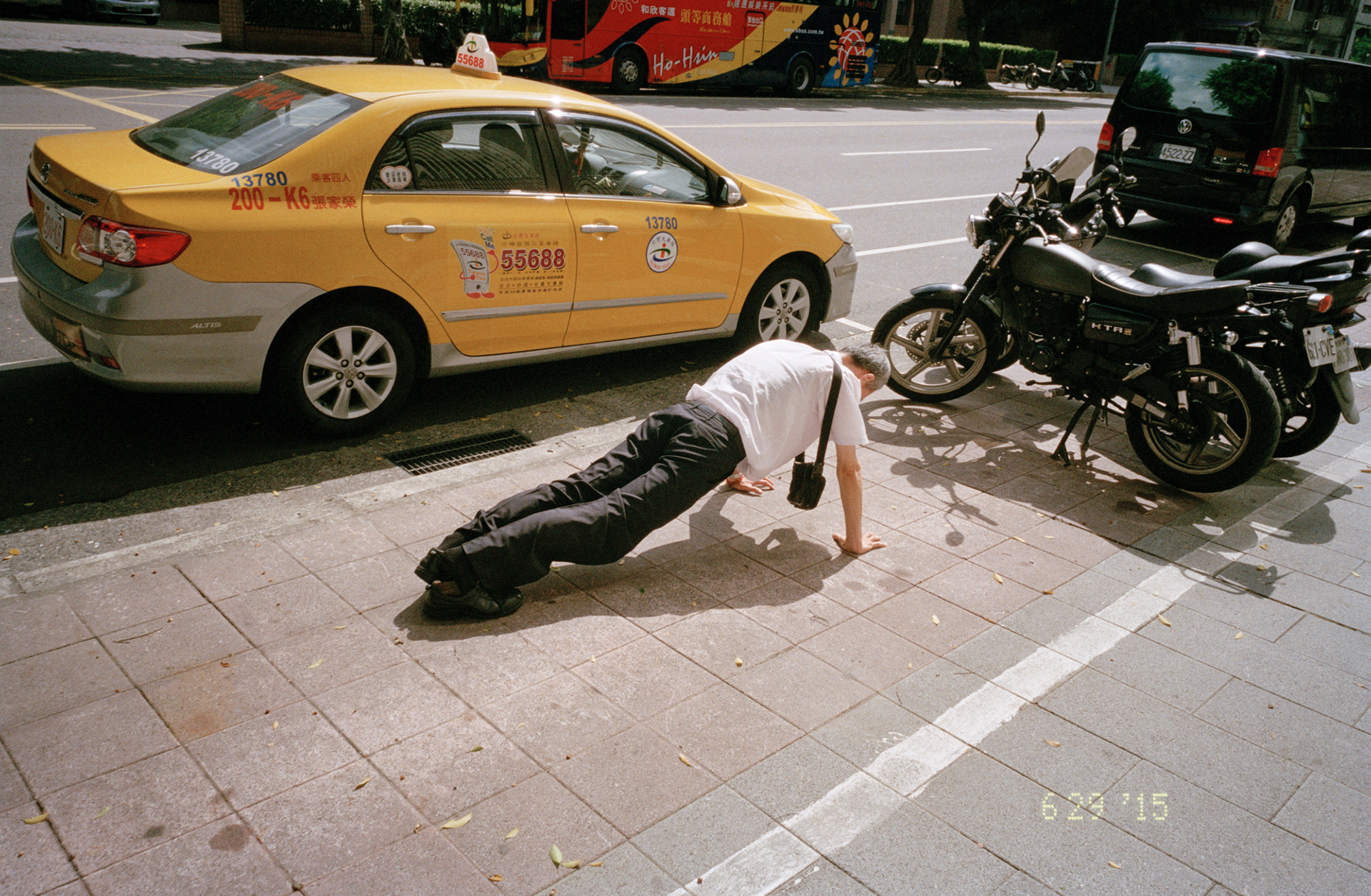


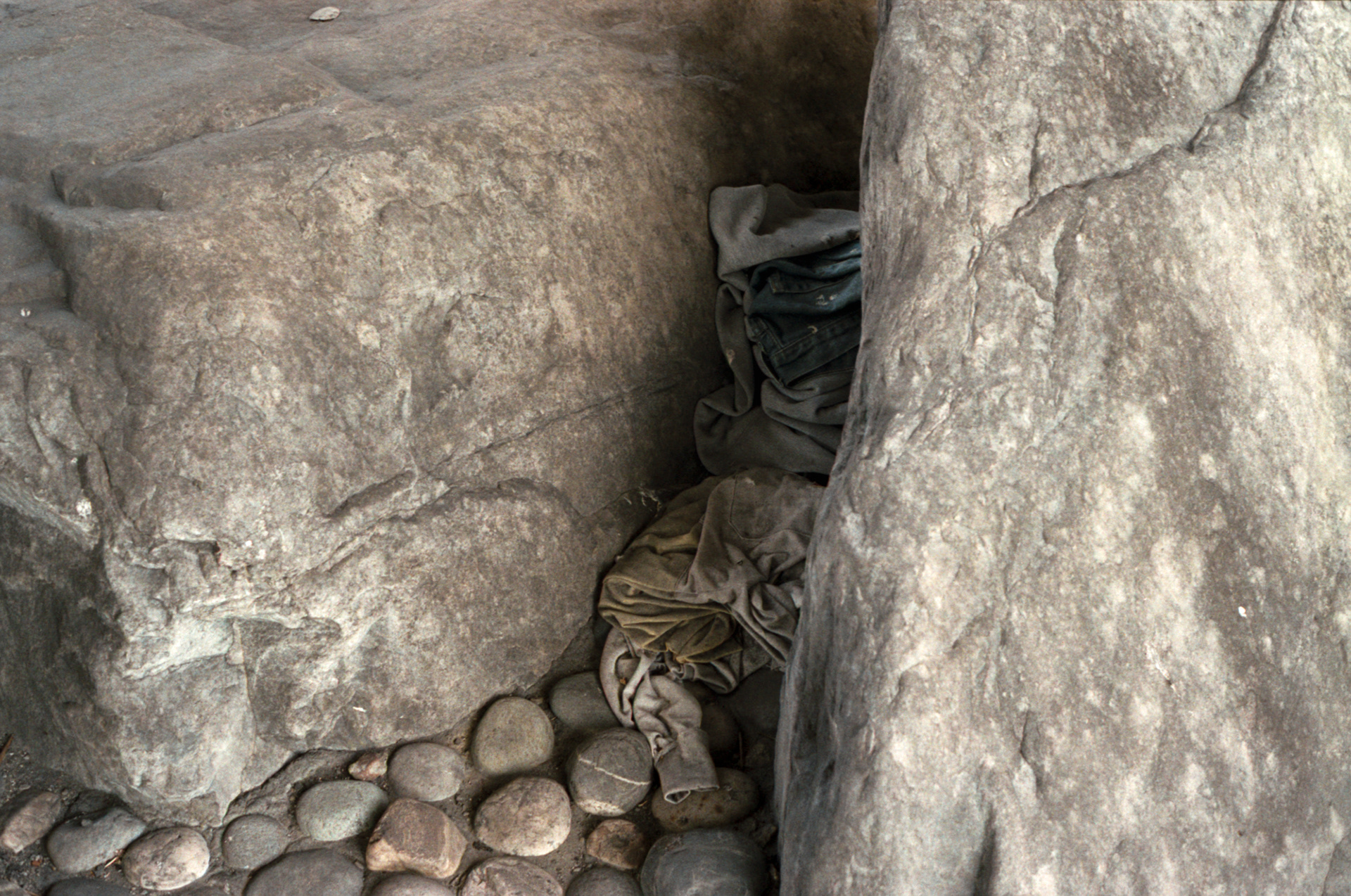

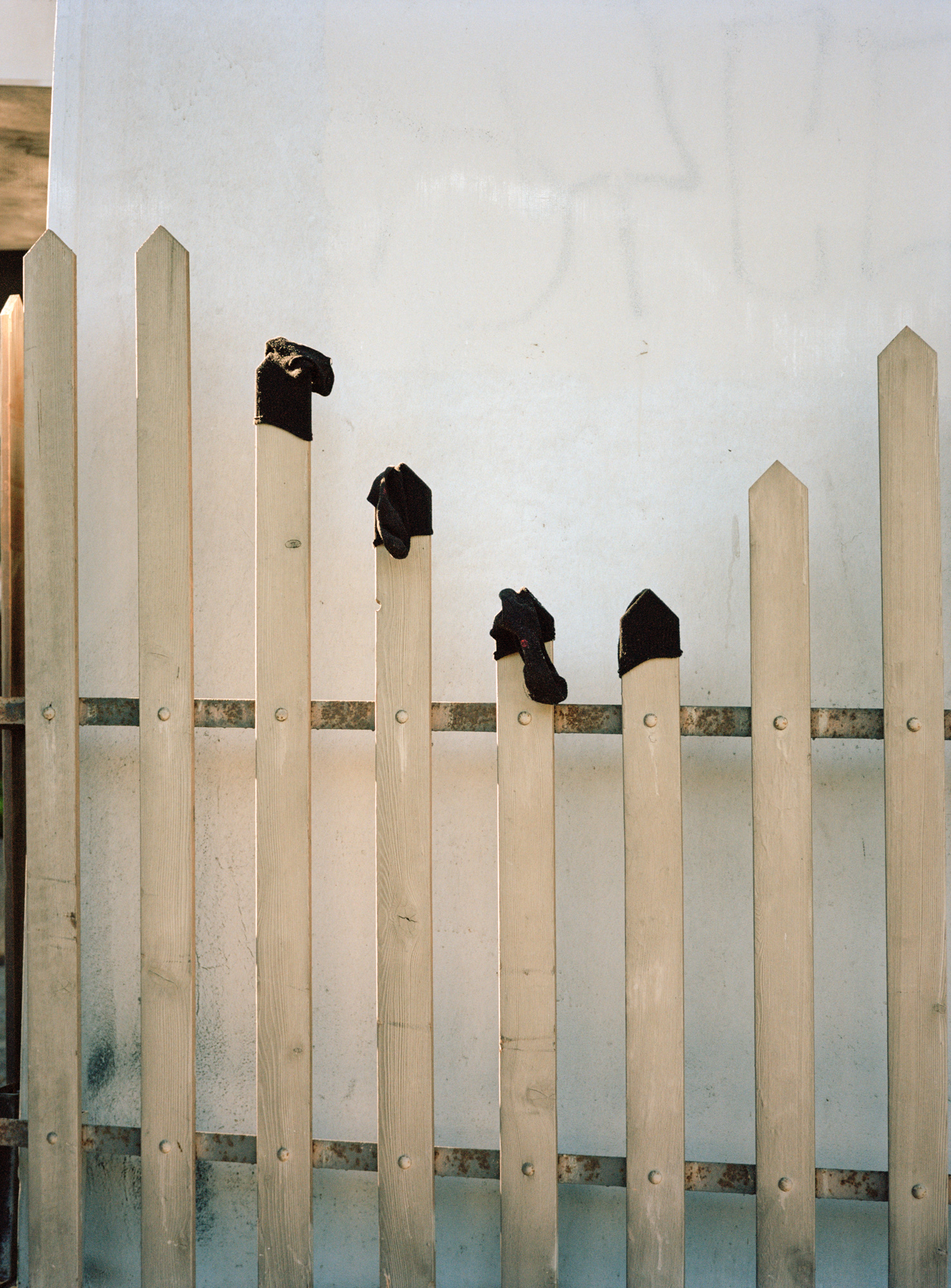
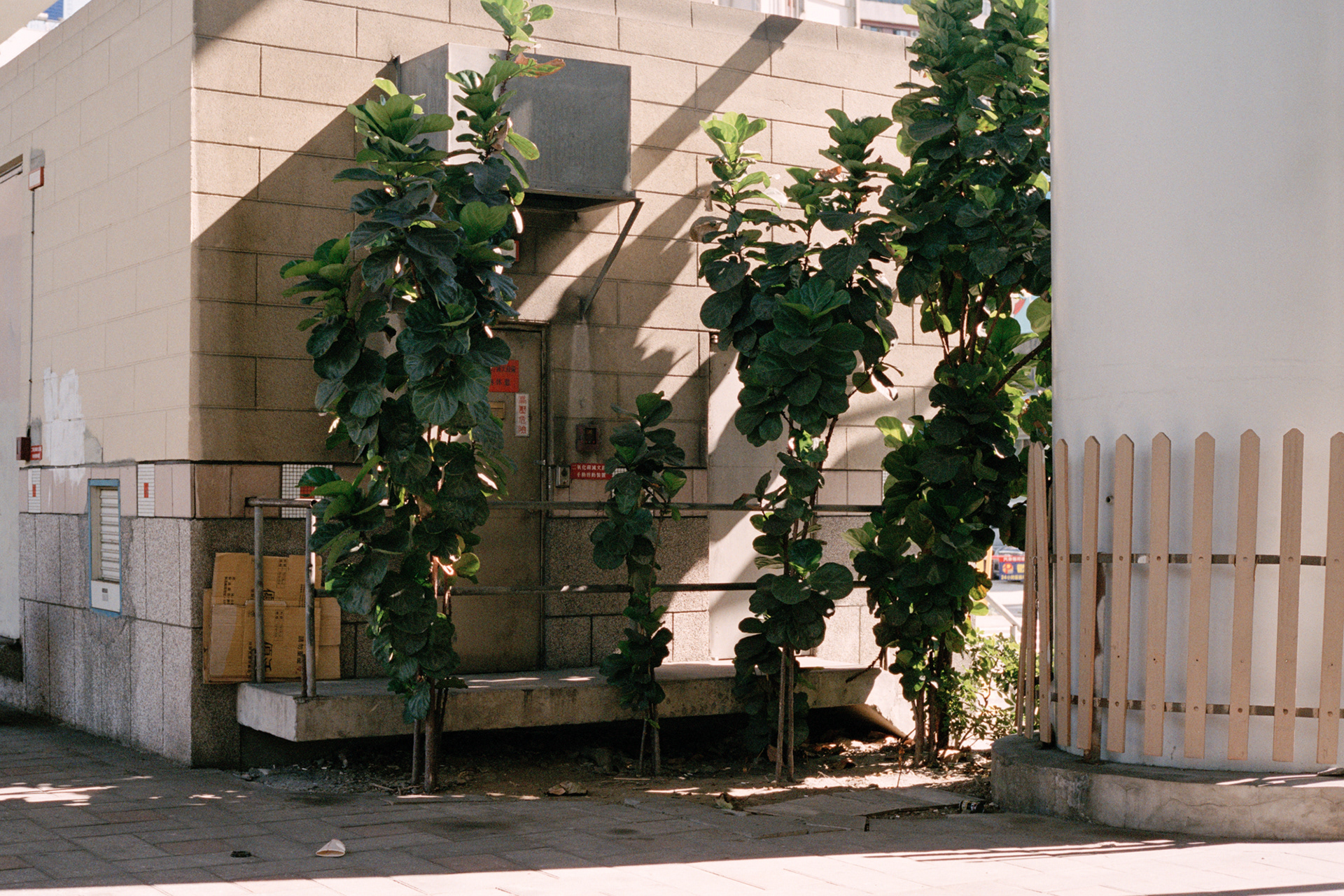
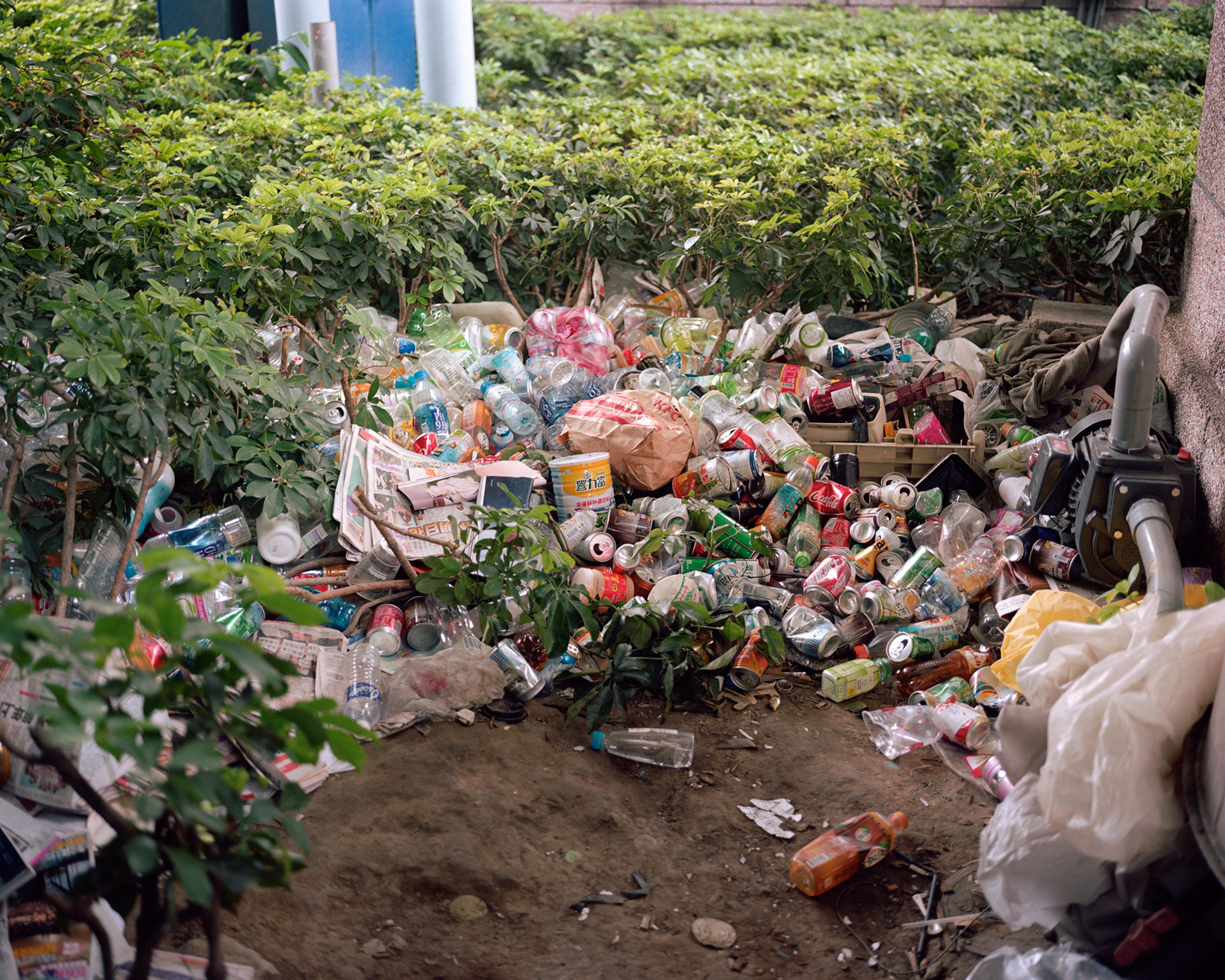
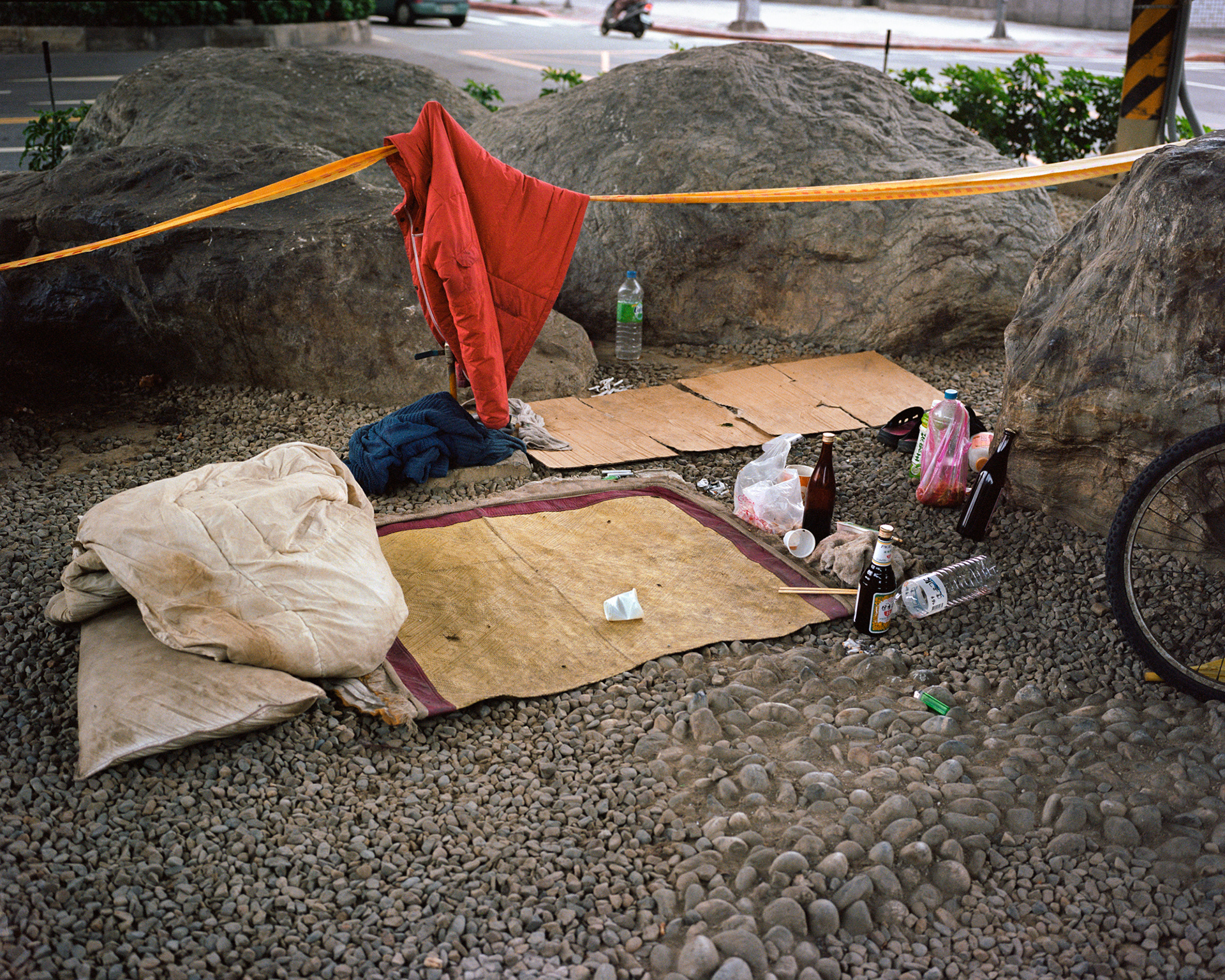

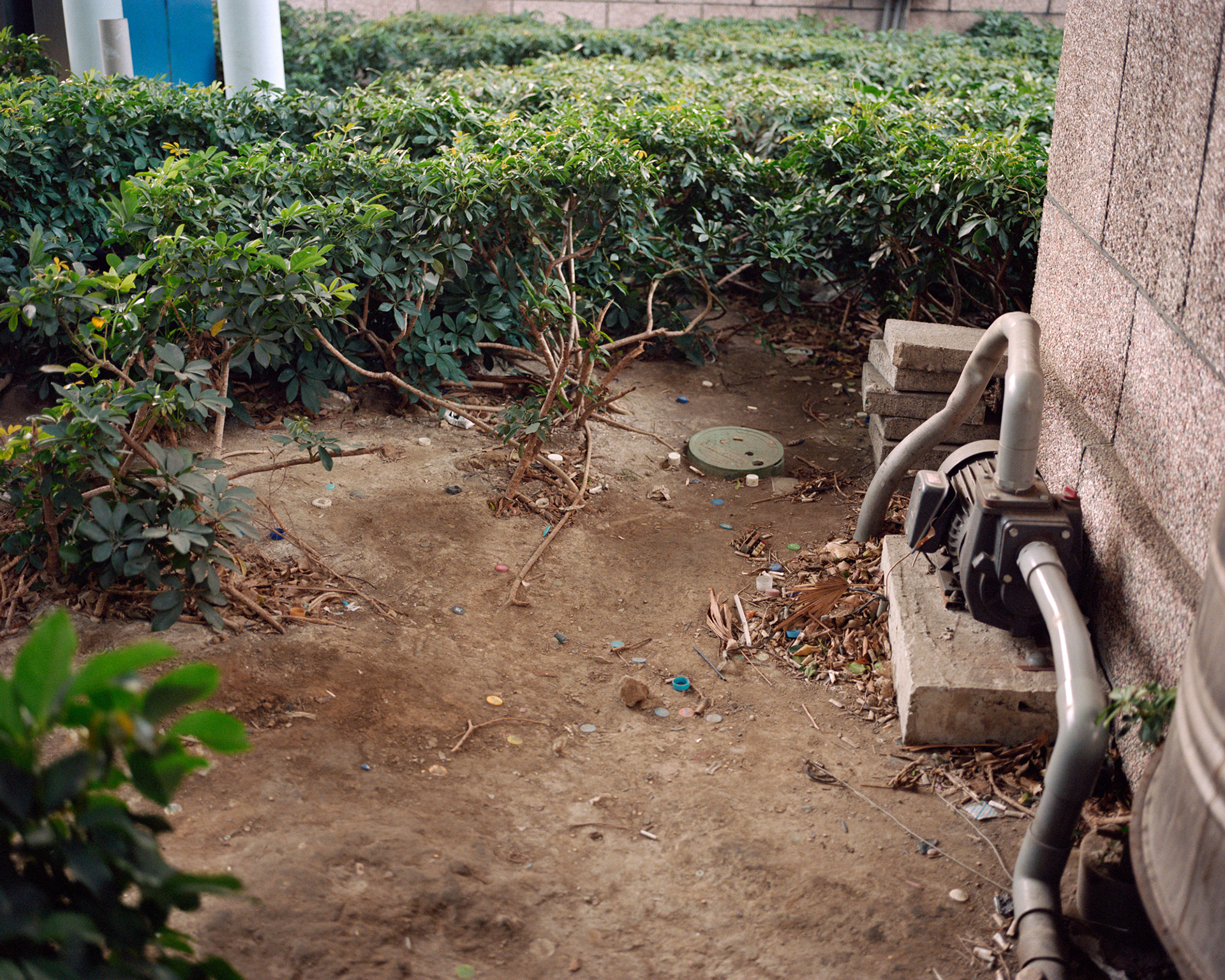
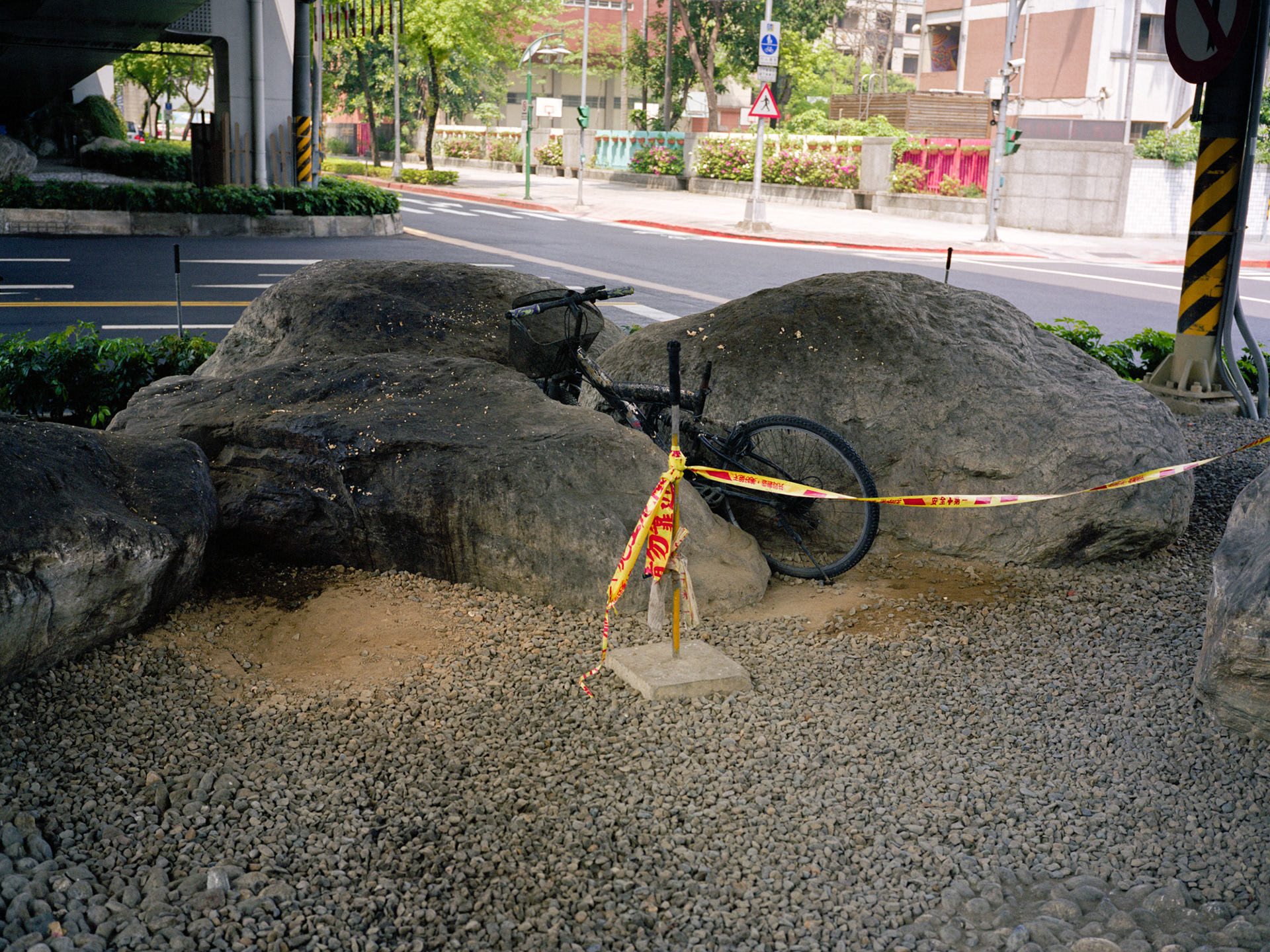
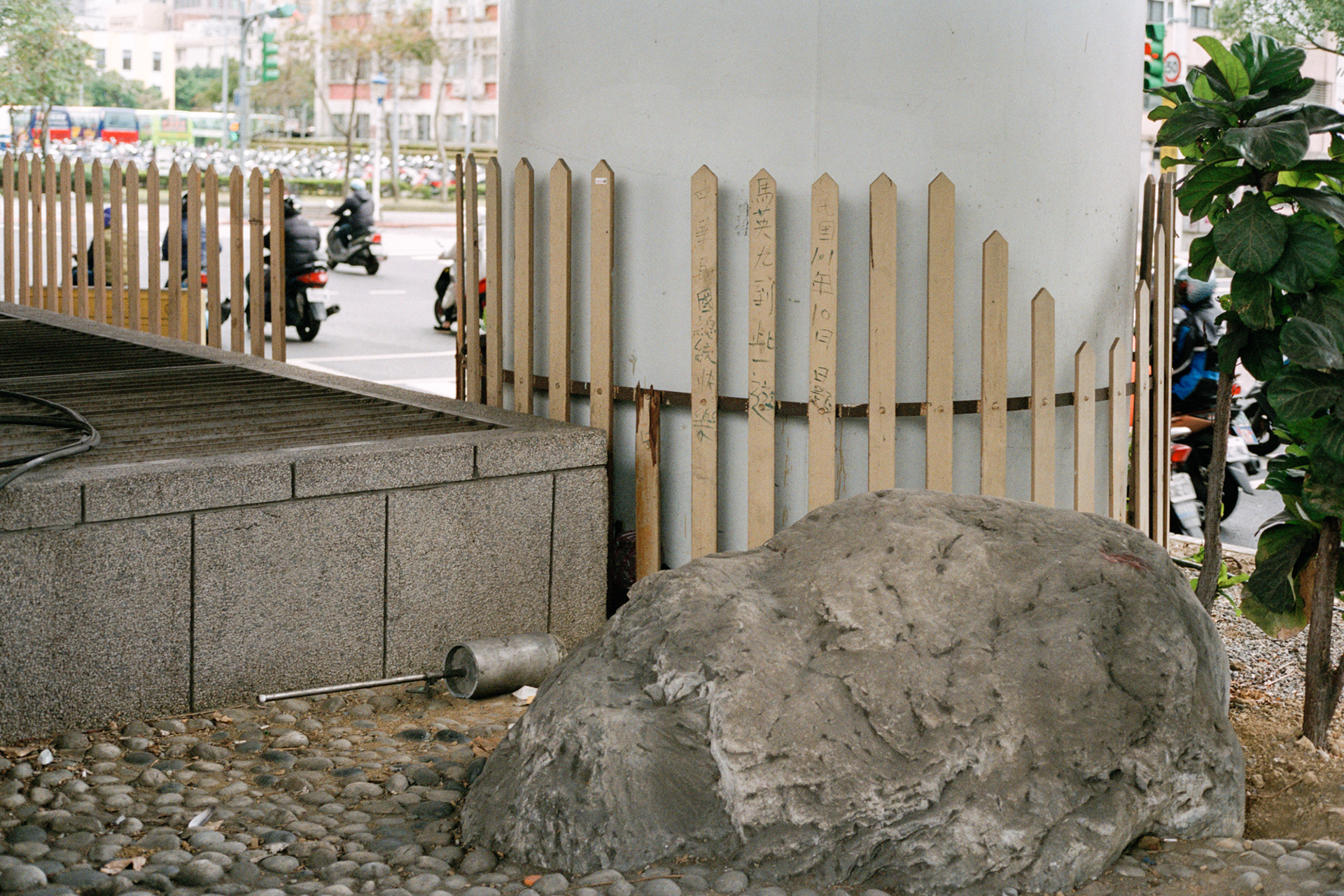
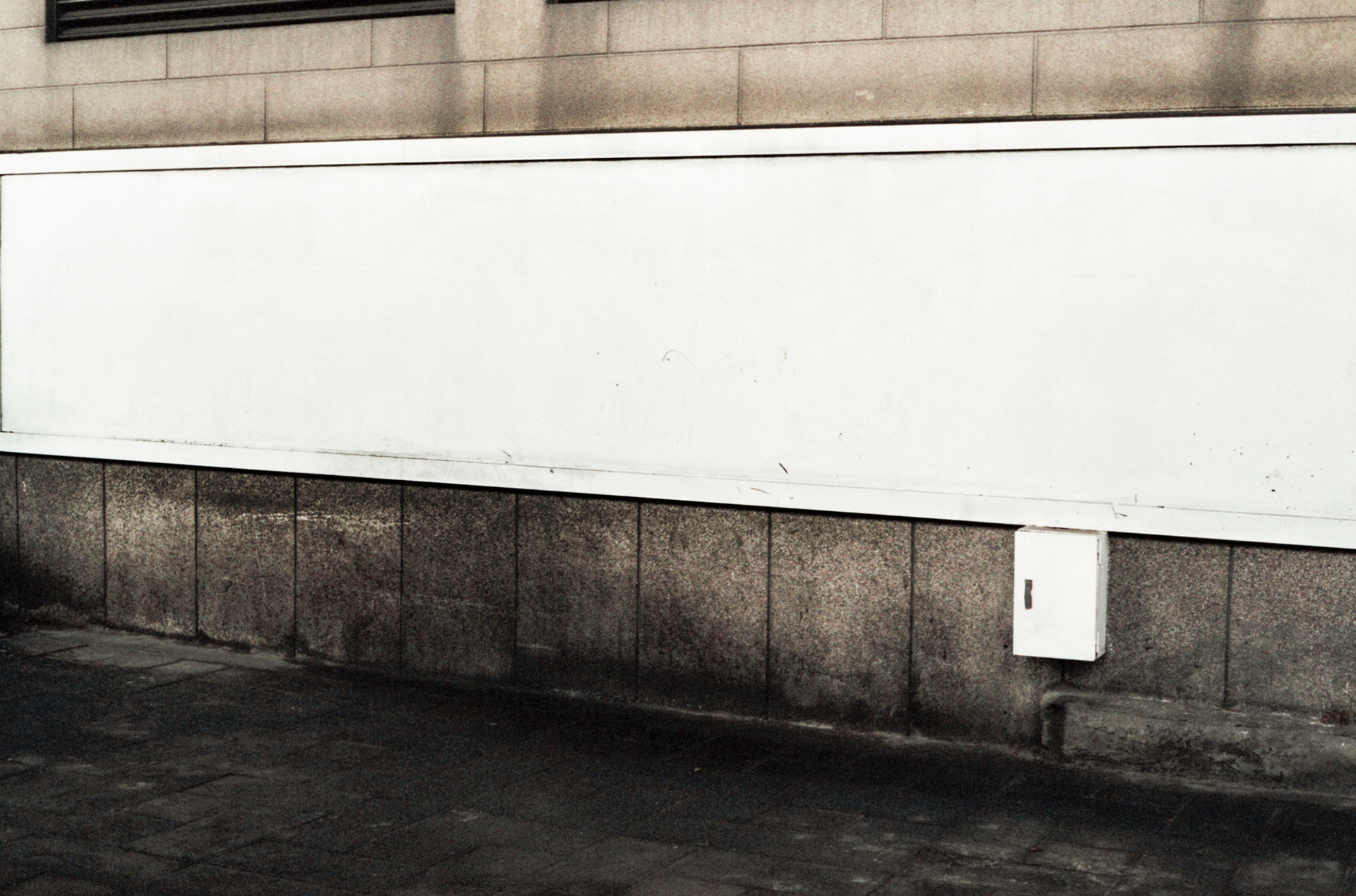
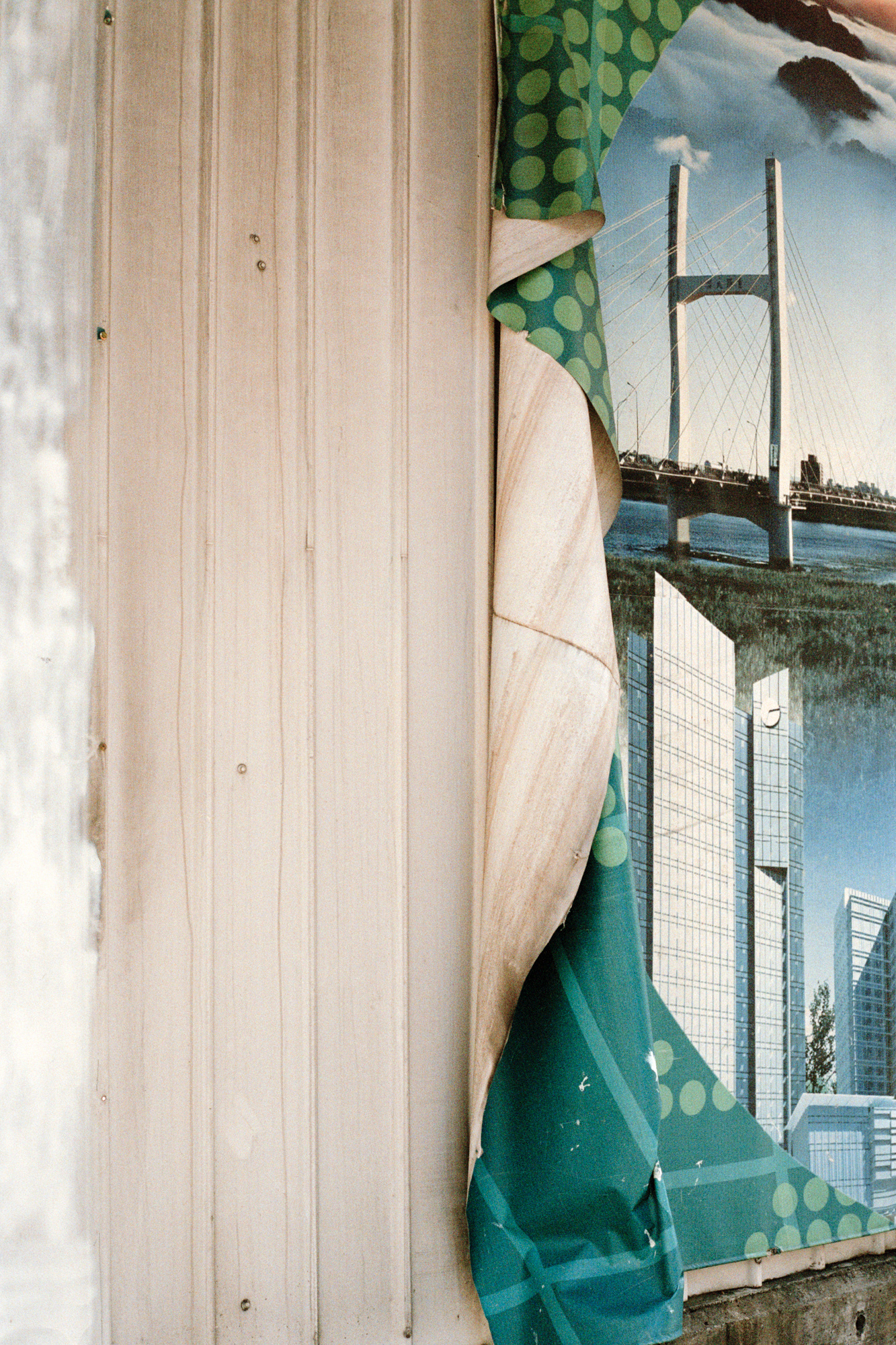

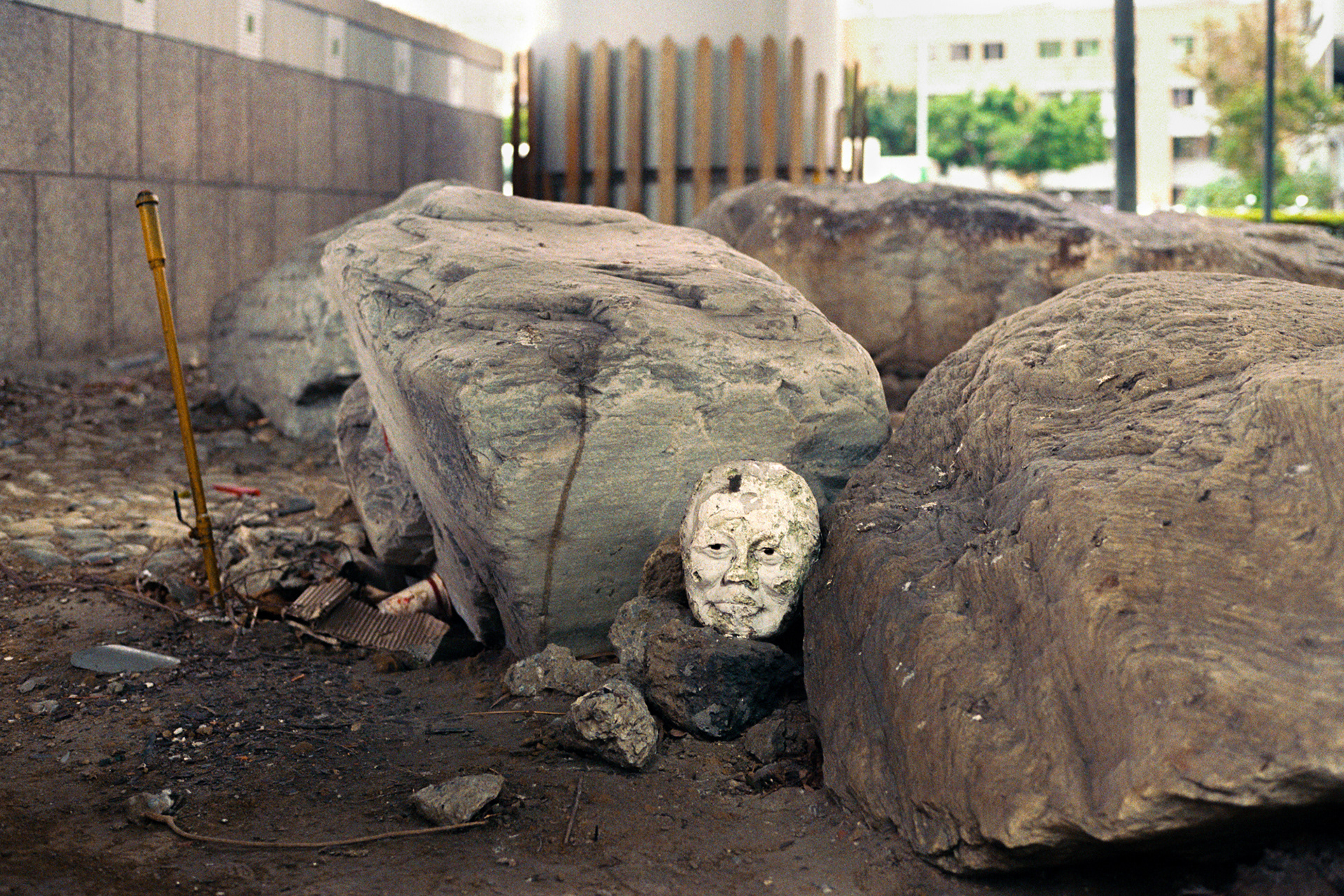

Installation view:

Still Life Analysis II:The Island, 2016, installation view at TFAM, Taipei Biennial 2016 | 台北雙年展 2016 | 2016.09.10 – 2017.02.05
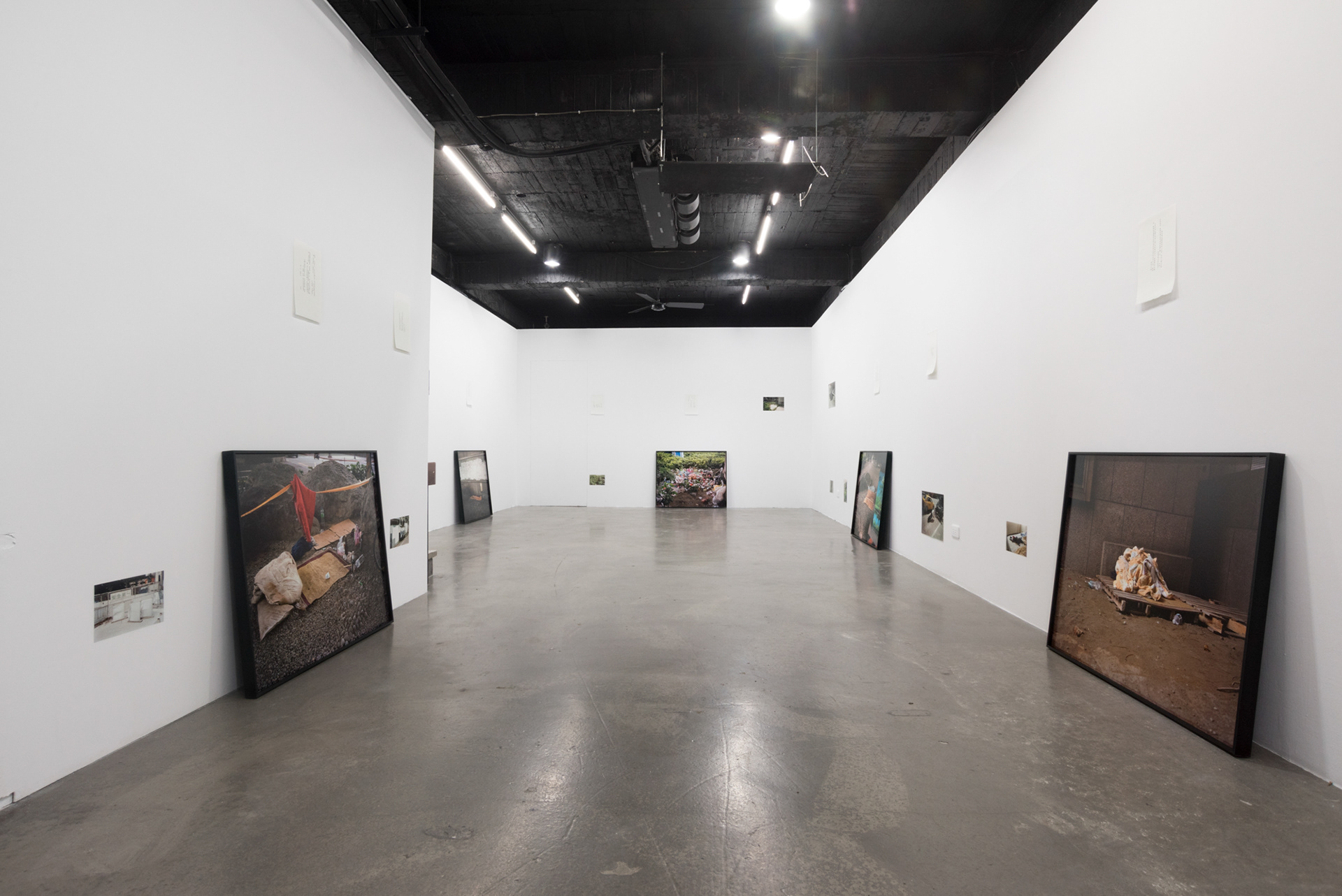
Still Life Analysis II:The Island, 2016, installation view at Photoaura Institute of Photography |靜物研究II:島民 / 海馬迴光畫館 | 2016.5.1 – 6.12

Still Life Analysis II:The Island, 2016, installation view at Photoaura Institute of Photography |靜物研究II:島民 / 海馬迴光畫館 | 2016.5.1 – 6.12

Still Life Analysis II:The Island, 2016, installation view at Photoaura Institute of Photography |靜物研究II:島民 / 海馬迴光畫館 | 2016.5.1 – 6.12
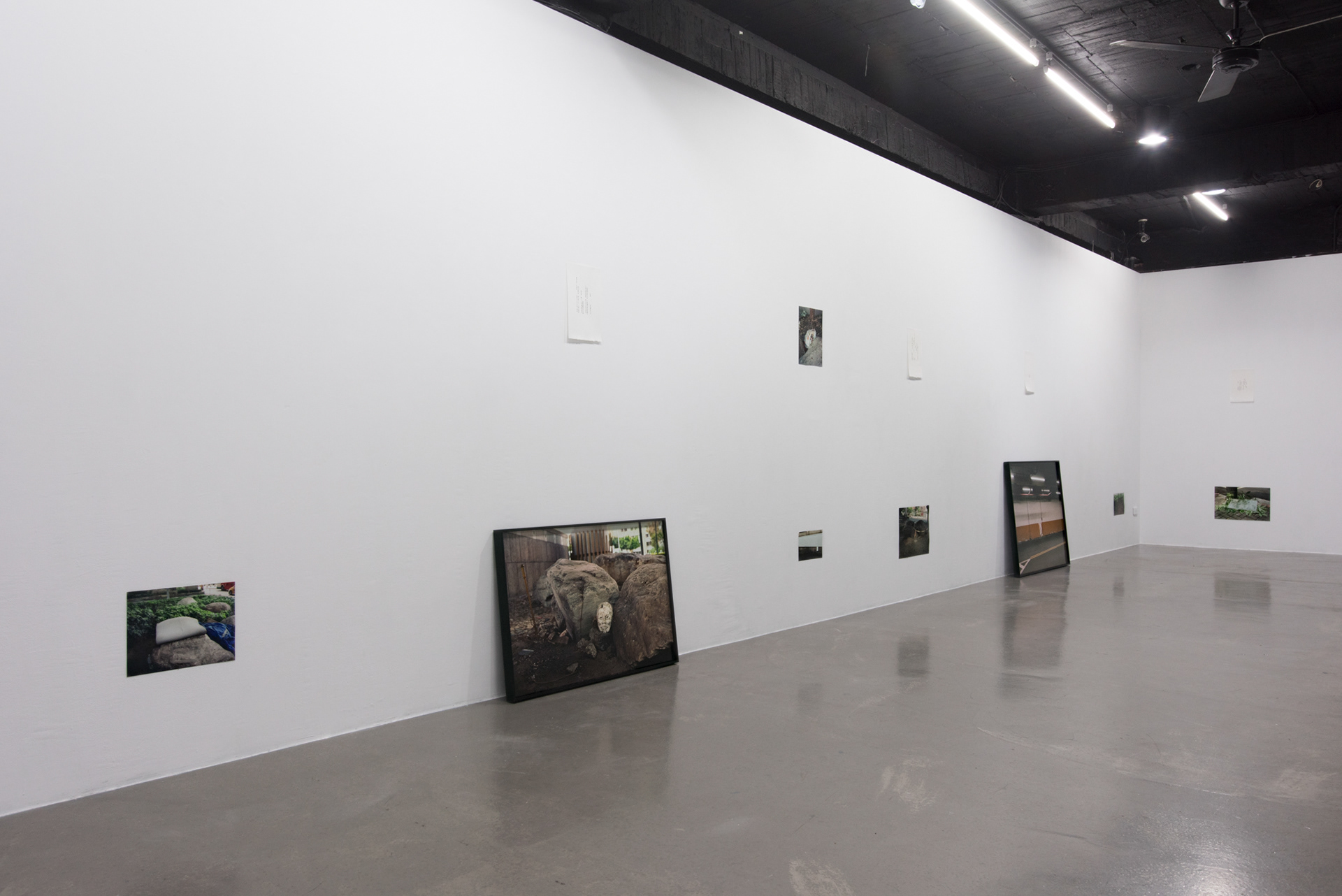
Still Life Analysis II:The Island, 2016, installation view at Photoaura Institute of Photography |靜物研究II:島民 / 海馬迴光畫館 | 2016.5.1 – 6.12
MORE RESOURCES/
無人在家的風景:專訪藝術家陳以軒 | 採訪:李佳霖、曾傑;撰文:李佳霖 | 關鍵評論網